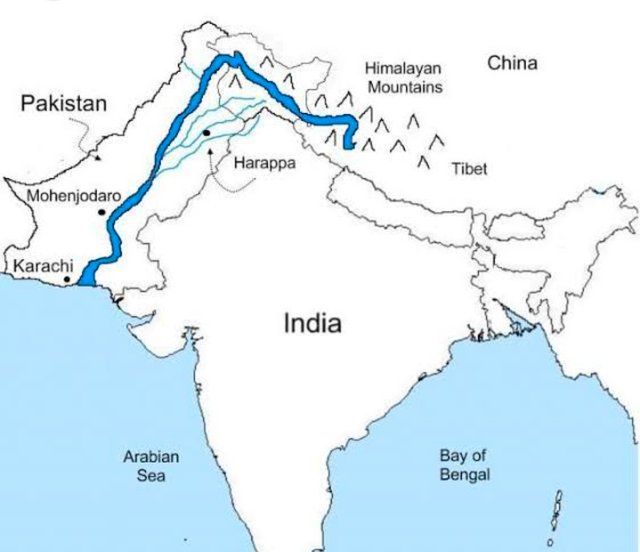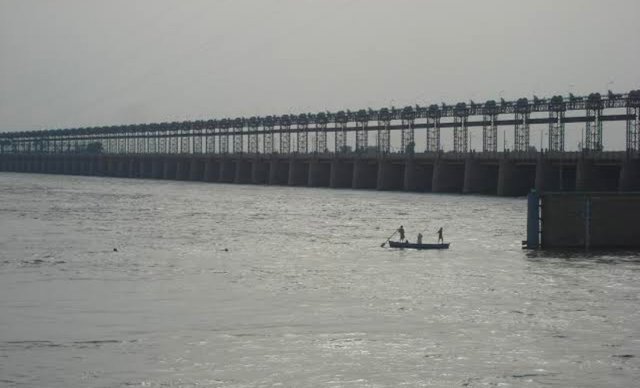The great history of Indus River
The Indus River is a trans boundary river of Asia and trans-Himalayan river of south and central Asia. The 3180 Km river rises in mountain springs northeast pf Mount Kailash in the Western Tibet region of China, flows northwest through the disputed Kashmir region, first through the Indian-administered Ladakh, then tha Pakistan-administered Gilgit baltistan,bends sharply to the left after the Nanga Parbat massif,before emptying in the Arabian sea,it's main stem located near the port of city Karachi
In Punjab it flows from the Dera Ismail khan and then in Regions of multan and become most important river in the region
Location
Countries or region:China, Kashmir Pakistan
States or provinces:Tibet region,Indian administered Ladakh, Gilgit Baltistan, Punjab
Cities:Leg,Skardu,Kargil,Thakot,Sawabi, Hyderabad,Karachi
Physical characteristics
Coordinate:31°North 81°East
Elevation:5555meters
Geological and Early History
The Indus river is one of the most world's largest and oldest rivers,with a history dating back over five millions years, Originally,the rivers of Punjab region including Sutlej,Ravi,Chenab,and Jhelum
During the period of ancient of Indus valley civilization 2600-1900 BCE,the river had a different course in some areas
Historical & Cultural significances
The Indus River gas played a fundamental role in shaping the geography, history and culture of south Asia. Over the millennia,the Indus region witnessed multiple empires and civilization
ANCIENT PERIOD The Persian Empire expanded in the Indus region around 6th century BC
ALEXANDER THE GREAT INVASION Alexander crossed the Indus on his campaign Greek-influenced States in the region for a brief period
ISLAMIC INFLUENCE From the 8th century onward the Indus valley received waves of Islamic influence. It was a gateway for the spread of Islam into the subcontinent through Arab trader's later through Turkish, Persian and central Asian Invasion.
President Ayub Khan
President Ayub Khan constructed the bridge of Indus river in area near the Multan. When he came to see the bridge he said I was thinking that is would be made of gold.He said it because it cause too much Budget.
Modern Usage
Today the Indus River is 3180km long flowing from tha Ladakh India then through Pakistan where it finally empties into the Arabian Sea
Environmental and geopolitical issues
The Indus River remains geopolitically significant especially between the India and Pakistan. After the partition of British India in 1947,water rights became the contentious issue until the Indus waters Treaty was signed in 1960.
Environmental concerns include pollution, sedimentation,and water overuse which threaten the river's health and livelihoods depending on it.
Pakistan and India
Indus river water is main and serious issue causing a big war between Pakistan and India.
India has illegally constructed Dams on the Indus River to store water and when the level of water increase in the rainy season India release water to Pakistan in no time and it causes a dangerous flood in Pakistan.
This flood causes high level demage in lowers Indus valleys
This is the major issue which should be solved.
Summary
The Indus River is one of the most greatest ancient rivers of Asia,has played a critical role across Geological time, ancient civilization development the spread of culture and religion and modern agriculture and geopolitics. It's rich history make it a vital artery that has shaped the human story in south Asia from prehistory to the present.

